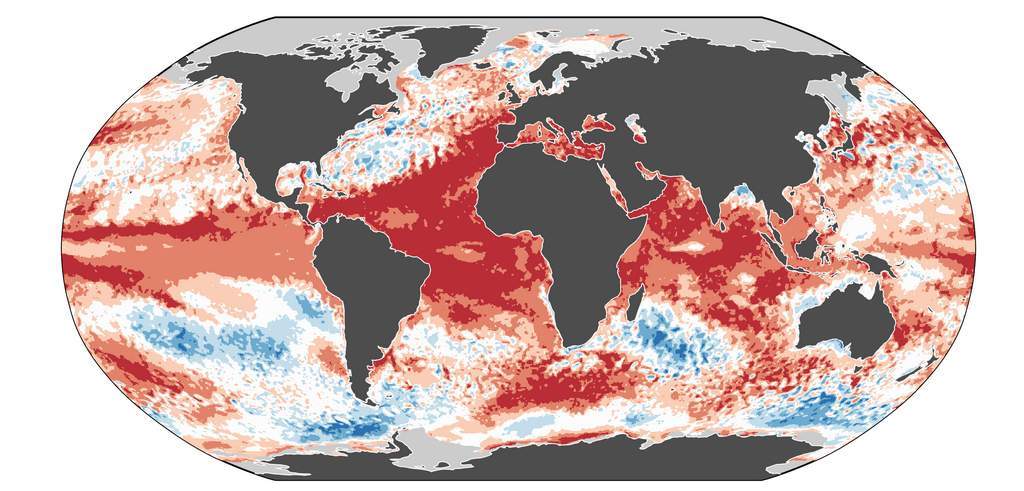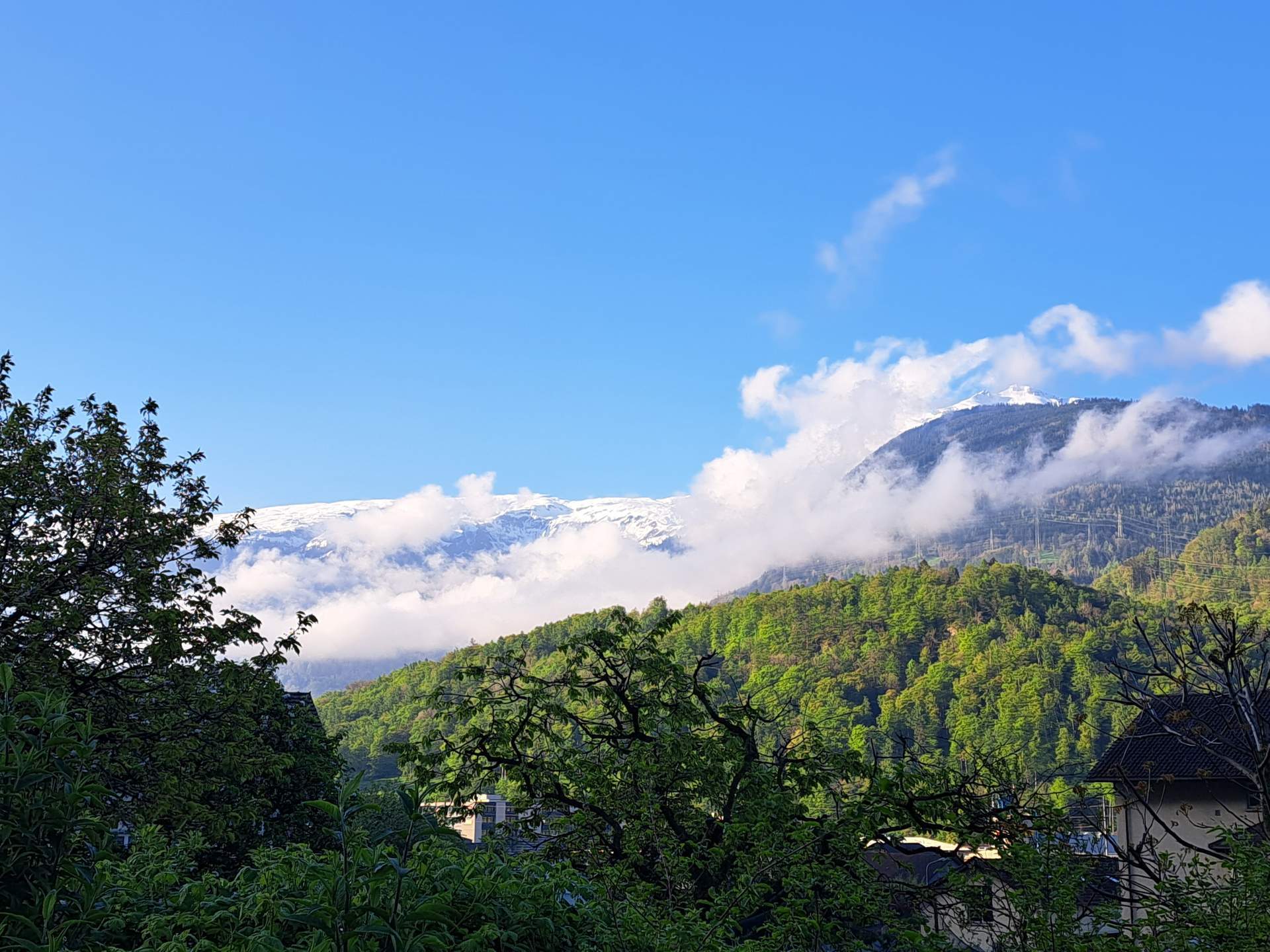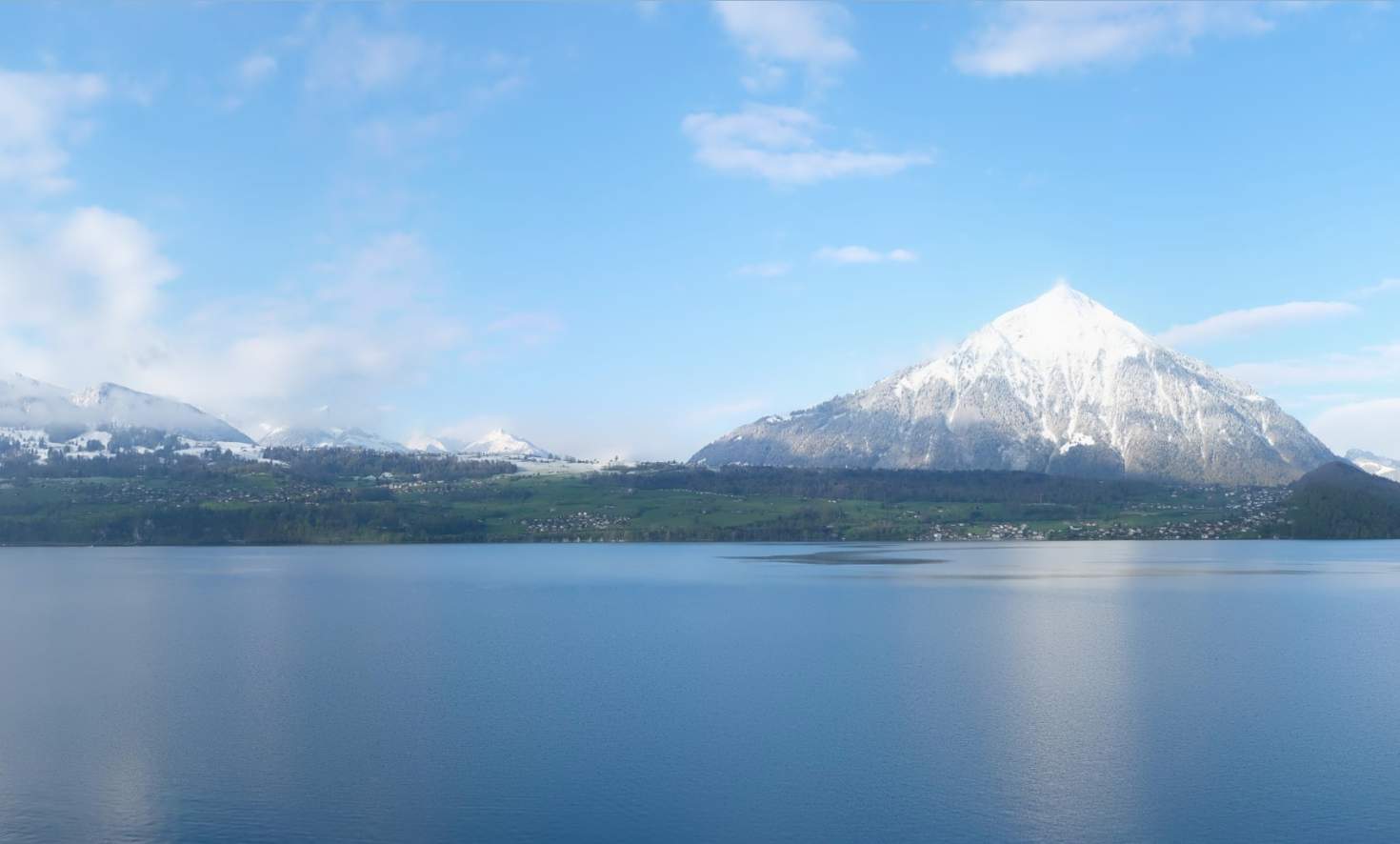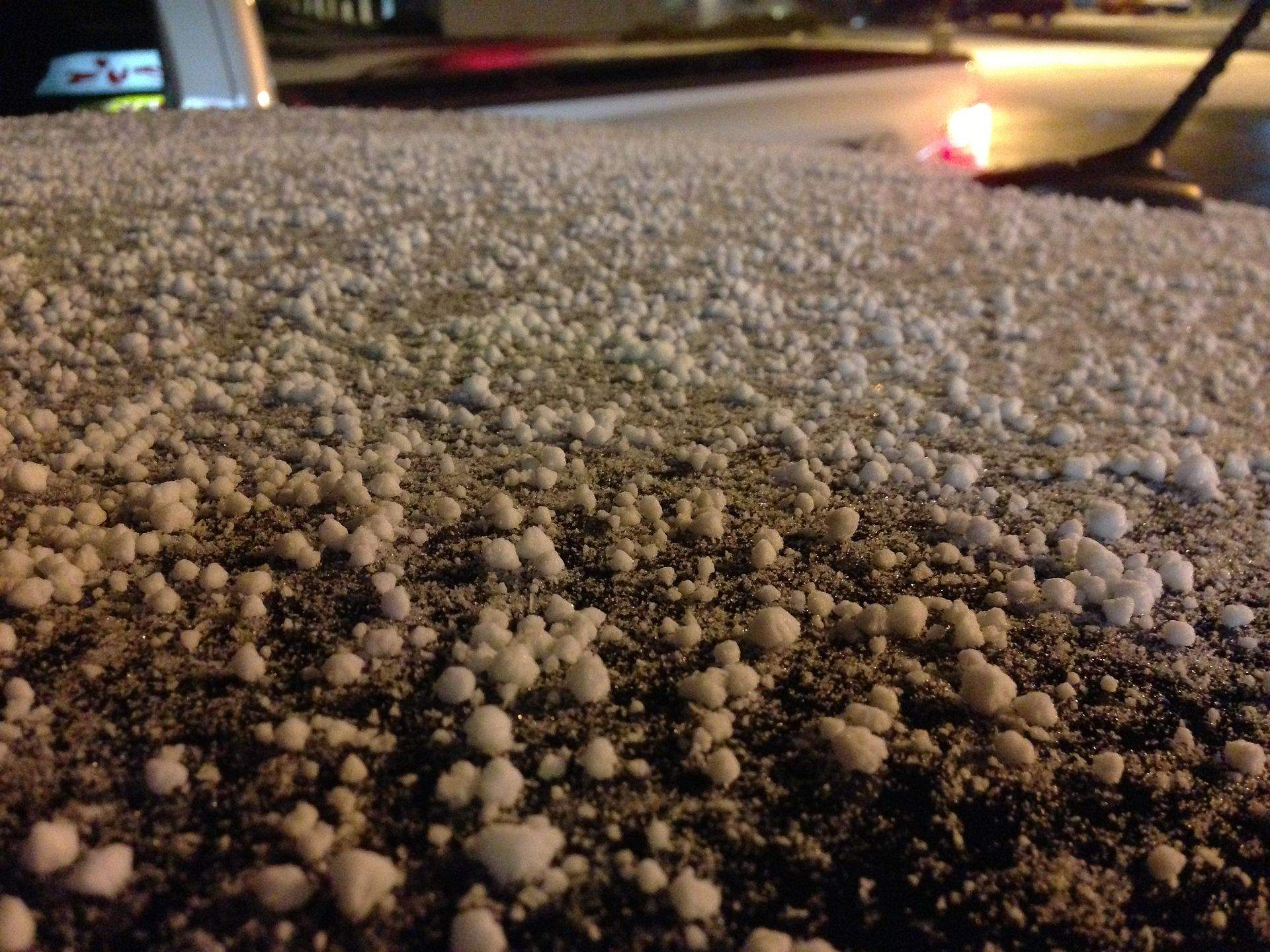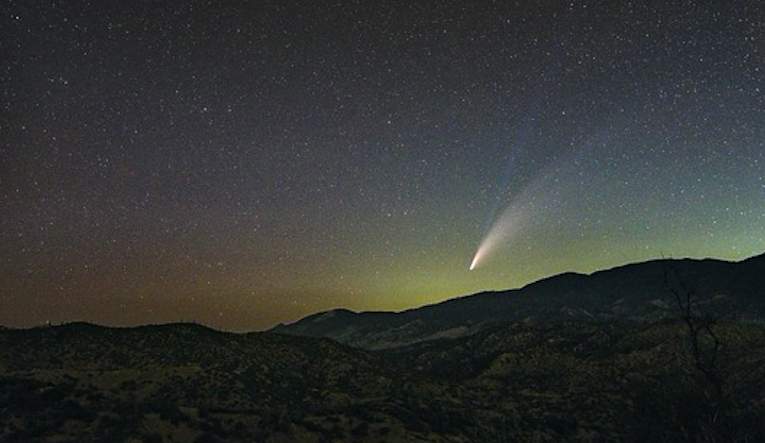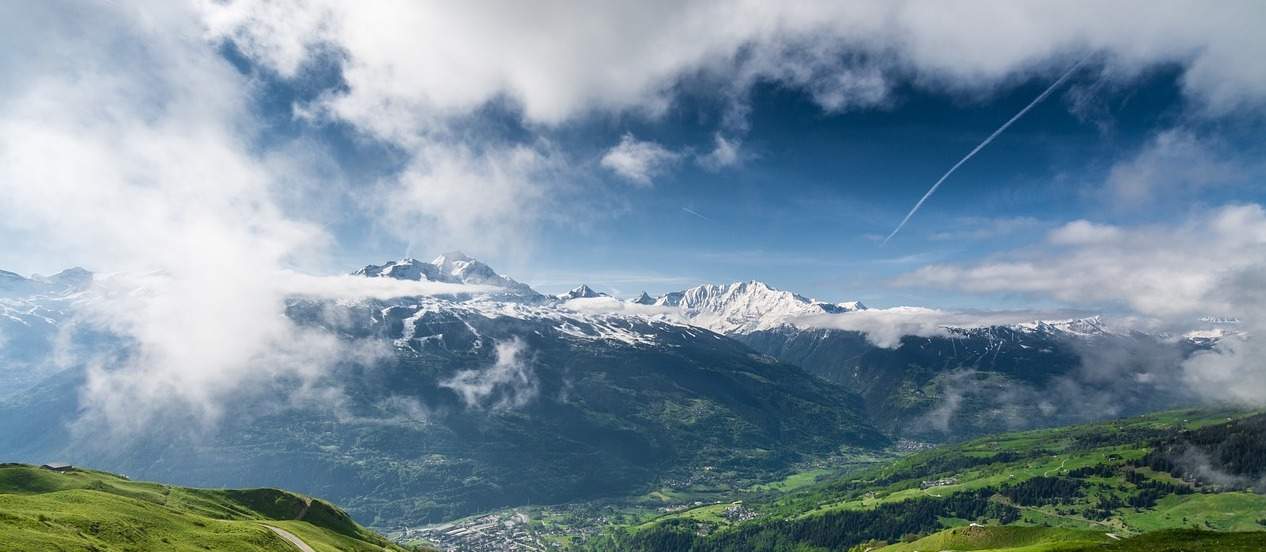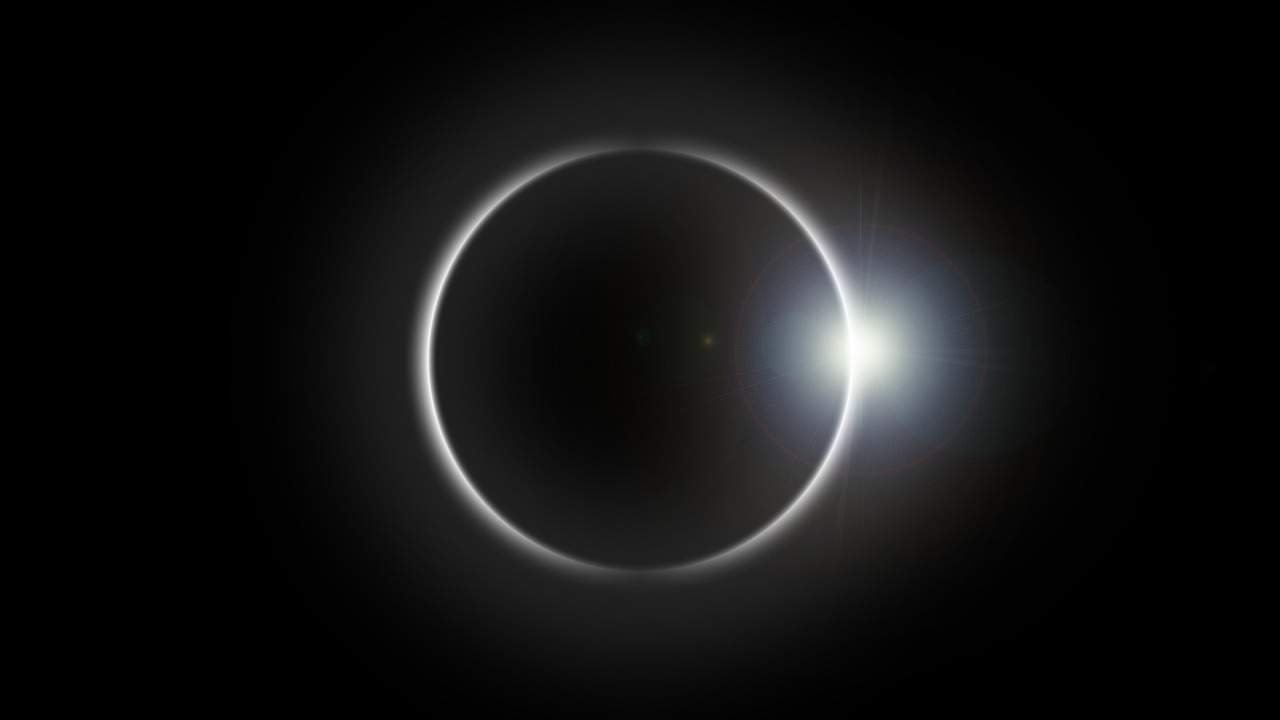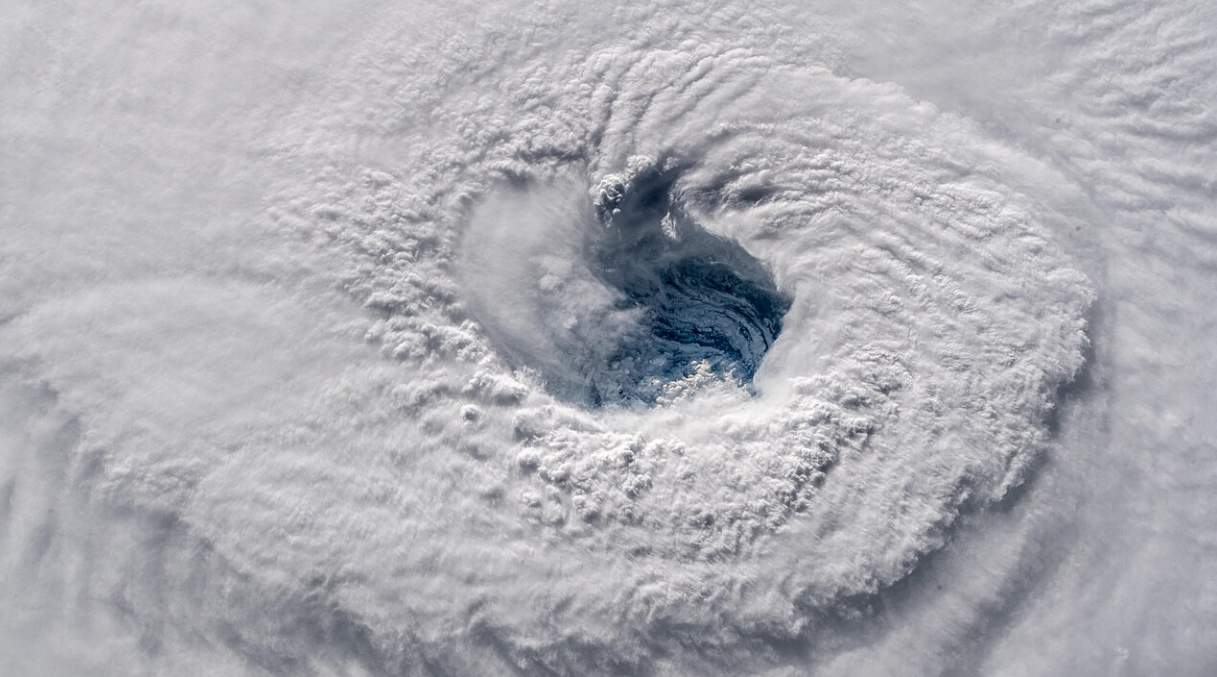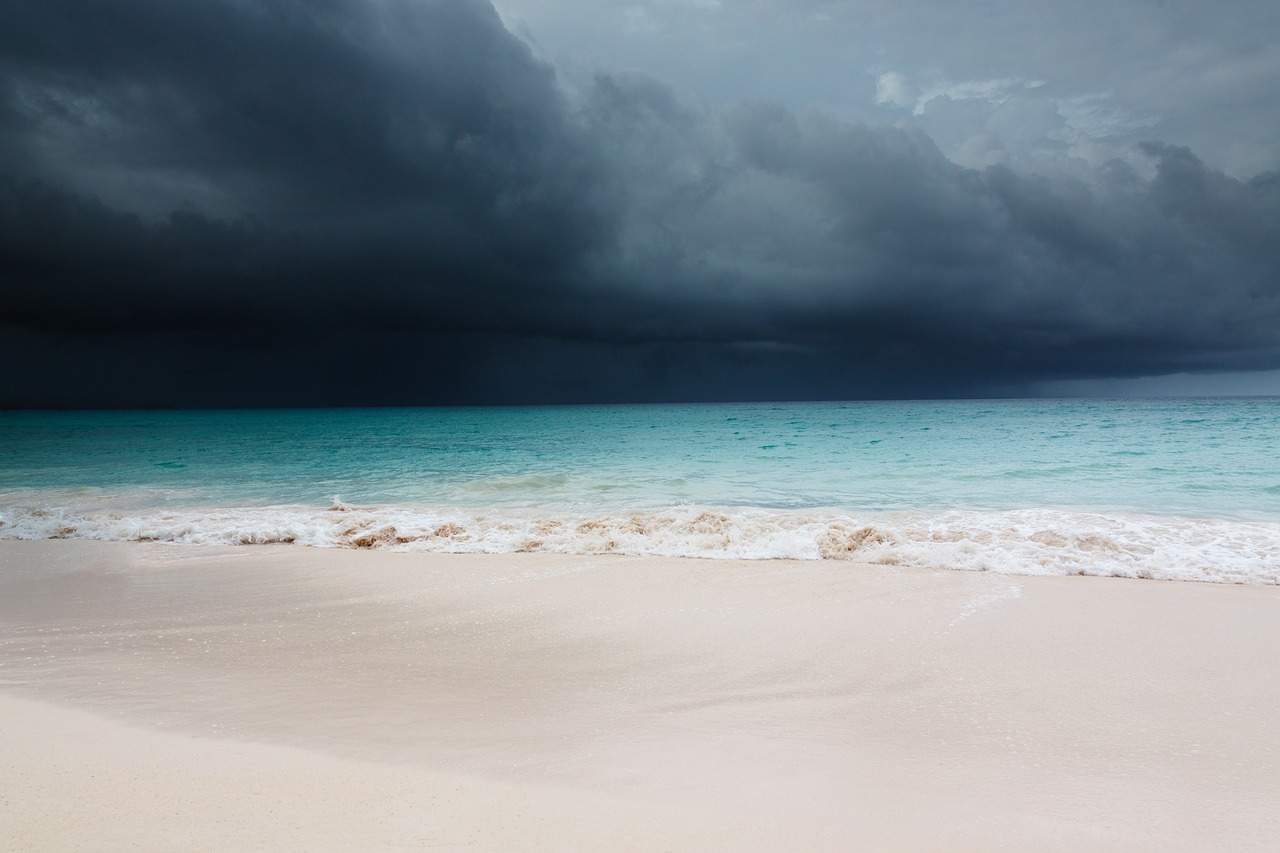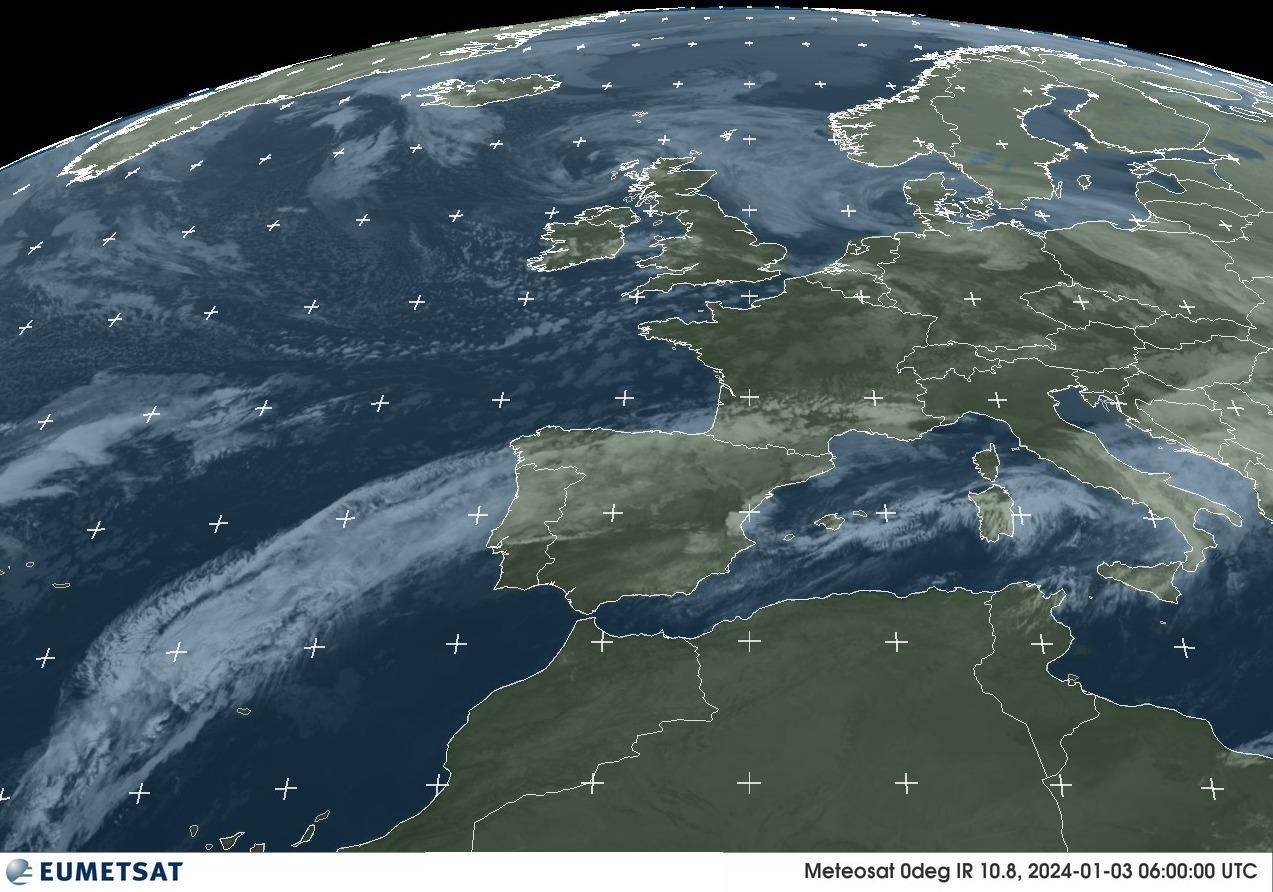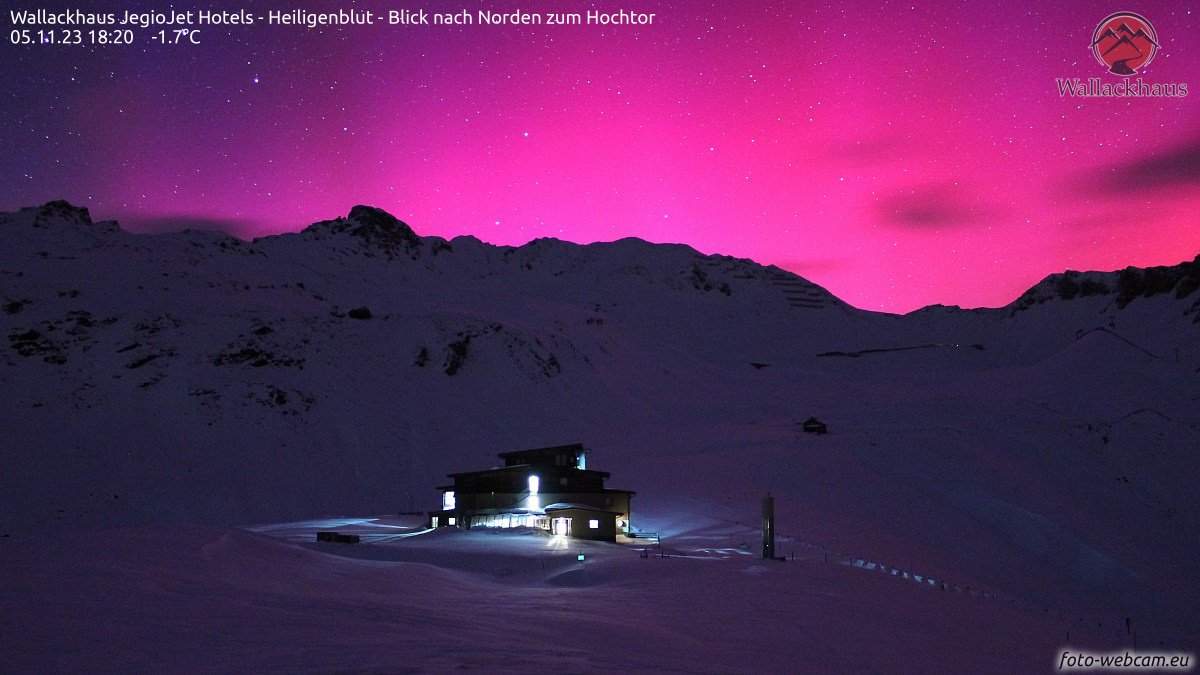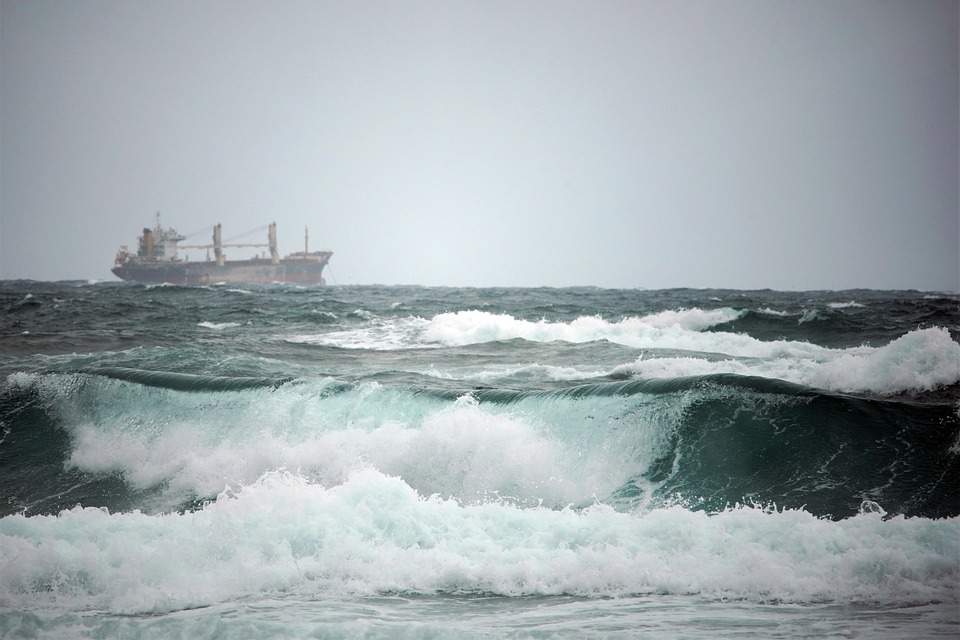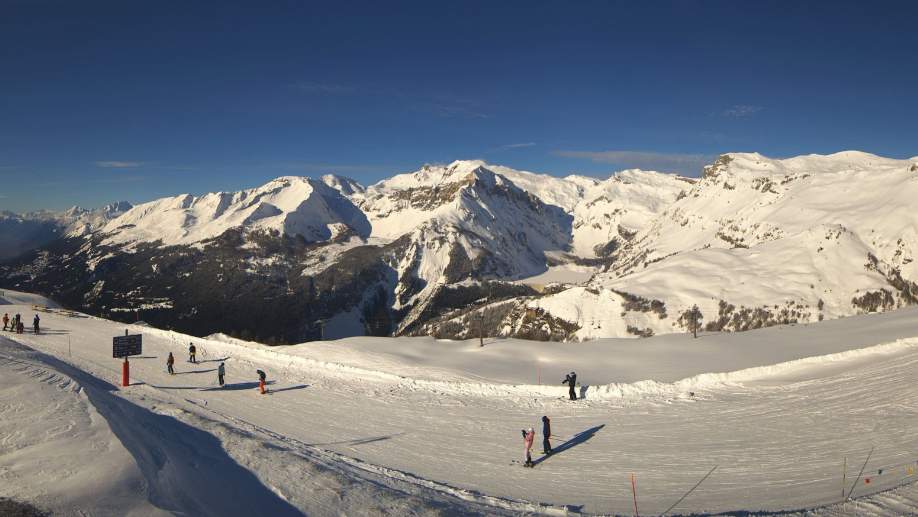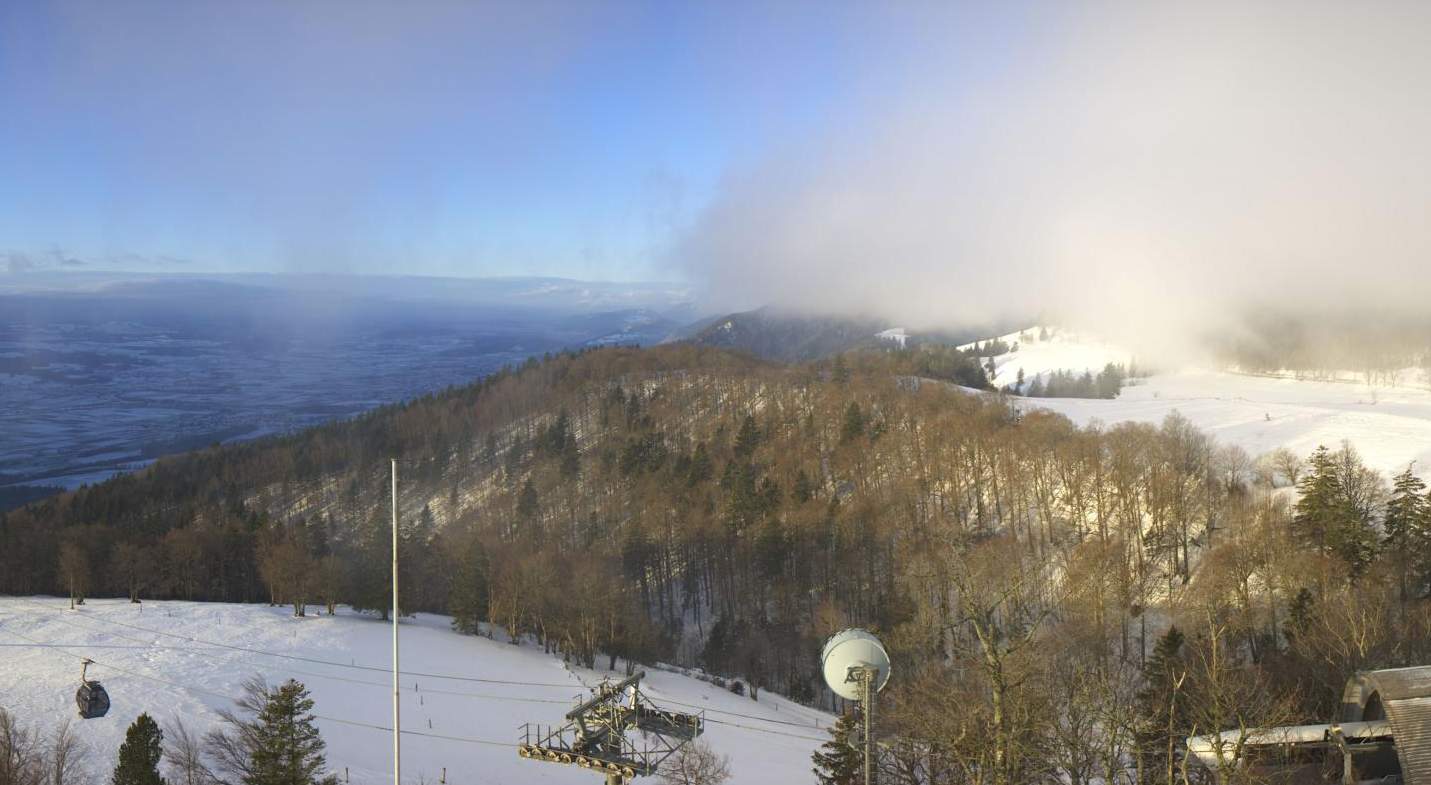Every year in May, the ice saints are as sure as the Amen in prayer. What are their origins? Do they really live up to their dubious reputation? And what about this year?
2024 – Ice saints are canceled
As is so often the case, this year's ice saints are primarily on the calendar, but not in reality. On the contrary! This weekend (Mamertus and Pankratius) the sun dominates and the temperature level is early summer. During Sunday afternoon and Sunday evening, the risk of downpours and the first thunderstorms will gradually increase from the Jura and the Alps. On Monday (St. Servatius), the sun will share the sky with cumulus clouds, accompanied by further showers and thunderstorms. Temperatures will drop slightly but remain pleasant. It will be slightly foehn-like in the Alps. This will also be the case on Tuesday (Boniface). Switzerland lies on the front of a low pressure system near the British Isles in the area of a southerly current. As a result, relatively mild but humid Mediterranean air will continue to reach the Alpine region. This will mainly affect the west and south (incipient southerly flow), while the eastern parts of the country will remain somewhat favorable. On Wednesday (Sophie), it will rain heavily in the south from the current perspective, and the day will also be very changeable in the north with downpours and embedded thunderstorms. Temperatures will continue to fall, but it won't really be cold. Frost is not an issue!

Fig. 1: Outlook for the coming days; Source: MeteoNews
The cold five
Mamertus, Pankratius, Servatius, Boniface and Sophie (or Sophia) - these names are familiar to many, after all they make the news practically every year in one way or another. These five people lived in the fourth and fifth centuries. Two of them were Catholic bishops, three of them went down in history as Christian martyrs. However, they were not canonized by the Pope until centuries later; moreover, they were each assigned a day of honor. In the Middle Ages, agriculture and the yield of the harvest were essential for the life and survival of the peasant population, and more or less regularly occurring weather events were associated with Lost Days. Late blasts of cold air could damage the sown crops and thus cause hunger later in the year.
Spring – a time of great fluctuations
When many people hear the word spring, an image of sunshine, blooming flowers and chirping birds comes to mind. But in fact, spring is a time of change and great change! Out of winter, soils and waters are still cold, and in the higher latitudes there are often still extensive cold air packets. With the gradually higher position of the sun, the energy input also increases more and more. The land mass warms faster than the oceans and lakes. This differential warming is the motor for all weather events on a regional and global level! Temperature differences lead directly to different pressure conditions, high and low pressure areas are formed. The greater the contrast in a small area, the more dynamic the weather.
Thus, it is quite typical for spring that mild or even warm phases appear in the course of March and April. However, it is also typical that later on there are also setbacks and cold air spells. May is not always sunny and warm! Cold and wet days are also part of it. And this was already the case in the Middle Ages, additionally overlaid by climatic fluctuations such as the Little Ice Age (especially 16th and 17th century). Faith and the church played an important role for the people and shaped their lives in all respects, they oriented themselves to lost days and asked various saints for help with problems and needs. Also otherwise various farmer rules took their origin at that time. Now, however, it came to the Gregorian calendar reform. It is named after Pope Gregory XIII, who decreed the changeover from the Julian calendar in 1582 with a papal bull.
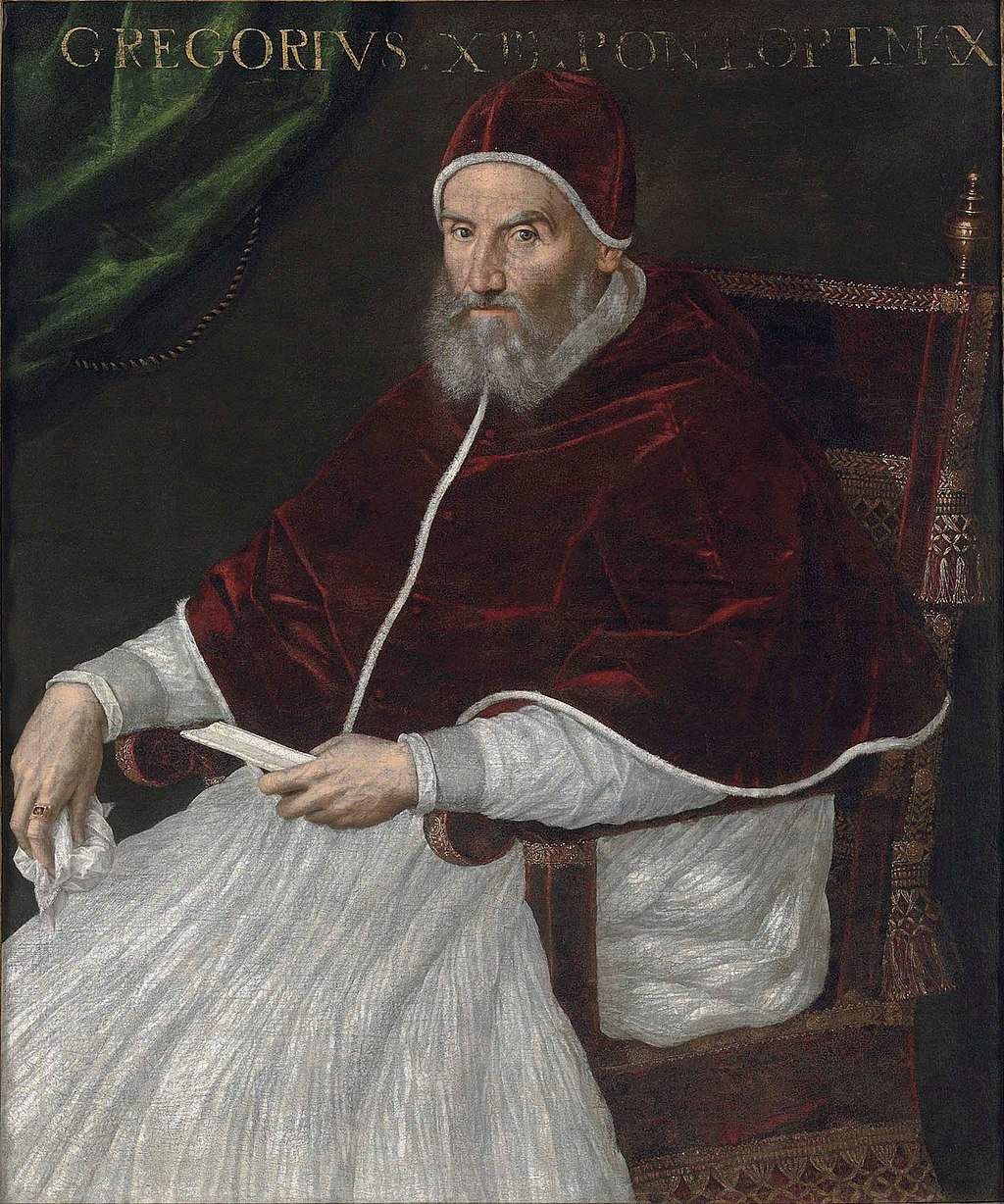
Fig. 1: Pope Gregory XIII; Source: Wikipedia
The purpose of the reform was to prevent further drifting apart of the calendar and solar years and the increasing misdating of Easter holidays. When this shift is taken into account, the Ice Saints are actually between May 19 and May 23. But who is considered an ice saint varies regionally anyway!
Regional differences
The start makes in each year on 11 May Mamertus. Strictly speaking, however, it must be said that Mamertus belongs to the Ice Saints only in northern Germany. In southern Germany, Austria and Switzerland, the day of Pankratius is often called the start of the Ice Saints. For it follows with us at the end the cold Sophie, which is counted against it further in the north no more to it. A possible explanation for the shift between northern Germany and the Alpine region is that a possible cold air outbreak usually comes from the north, and thus reaches Switzerland and Austria later.
What does climatology say?
The Ice Saints are called a so-called meteorological singularity, but they are not. They have evolved from centuries of observed cold air advances and spring frosts. As described above, these are quite normal for May and not uncommon, though they do not occur every year either (for more on the extensive facets of May, see this blog). The weather does not work according to a timetable, years differ. According to statistics from MeteoSwiss, there is actually no accumulation of days with ground frost (or even air frost) during the Ice Saints in our country. They are distributed almost homogeneously over the month, the probability and frequency decreases steadily from the beginning to the end of May. So whether a cold air advance occurs exactly at the time of the Ice Saints or not is pure coincidence.
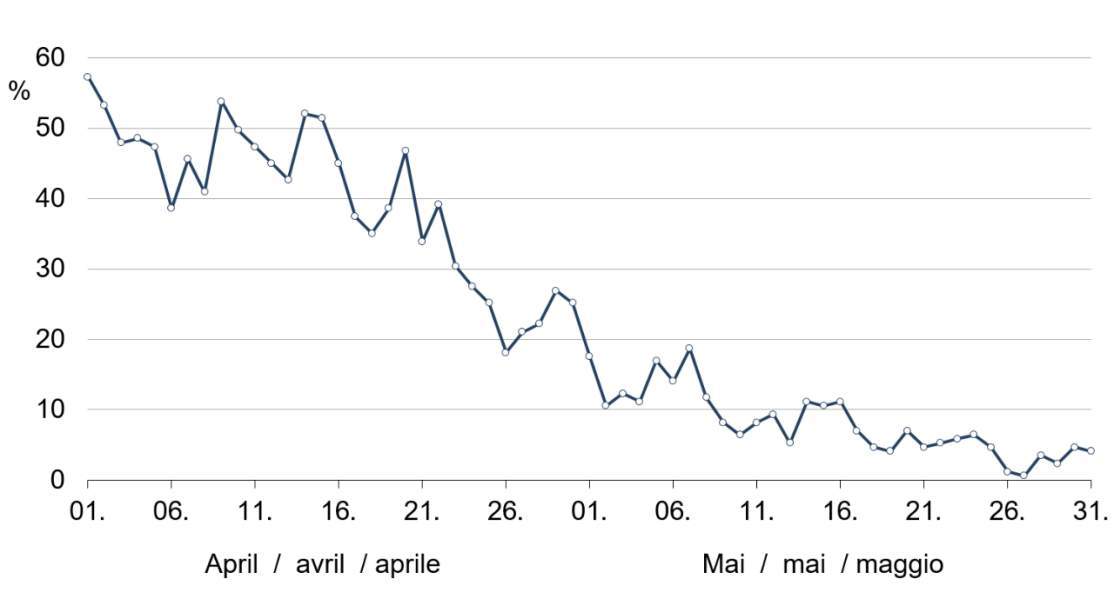
Fig. 2: Frequency of ground frost in April and May 1965-2021 on the Swiss Plateau.; Source: MeteoSchweiz
And this year?
May has so far shown its often changeable and wet side. The temperatures are – perhaps against the gut feeling – even above the long-term norm. Especially the rather mild nights (on average about 2.5 degrees above average) are noticeable. This can be explained with the often many clouds, which prevented or weakened a good radiation and thus cooling over the night hours. Also in the coming days, the weather situation will not change too much. It will remain changeable and, after a slight drop in temperature towards the middle of the week, mildly temperate. There is no danger of air frost (at an altitude of 2 meters) on the Central Plateau during the period of the Ice Saints, and ground frost (5 centimeters from the ground) will occur locally at most. Under ideal (radiation) conditions, temperatures in the morning and near the ground will in fact be between 3 and 6 degrees lower than at 2 meters.

Fig. 3: Temperature trend in the coming days for Zurich; Source: MeteoNews
disclaimer
The content of this article has been at least partially computer translated from another language. Therefore, grammatical errors or inaccuracies are possible. Please note that the original language version of the article should be considered authoritative.


